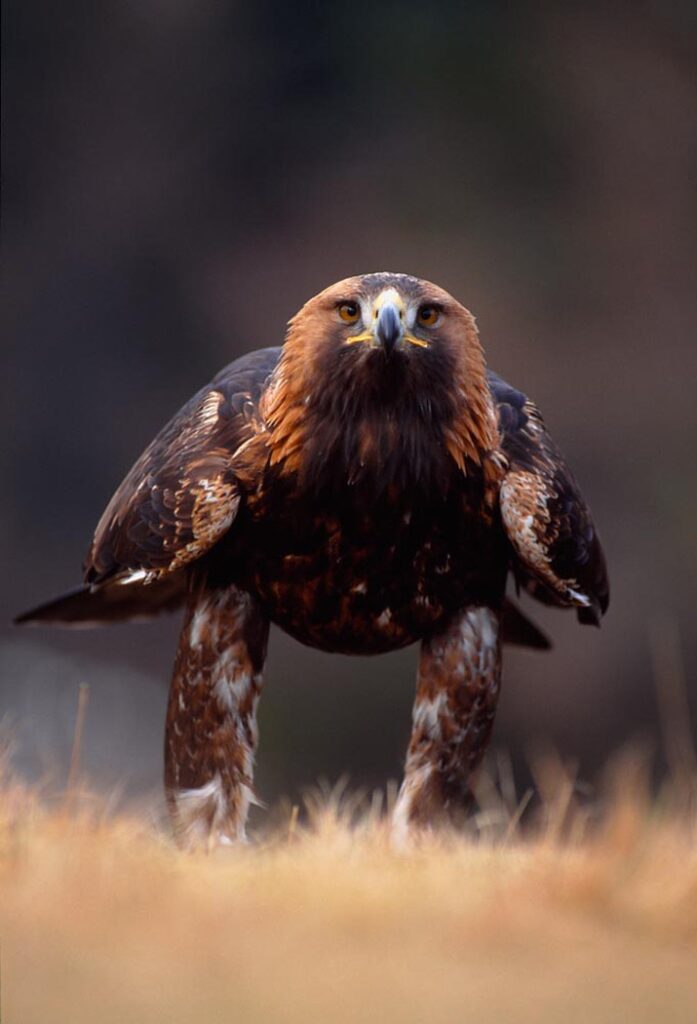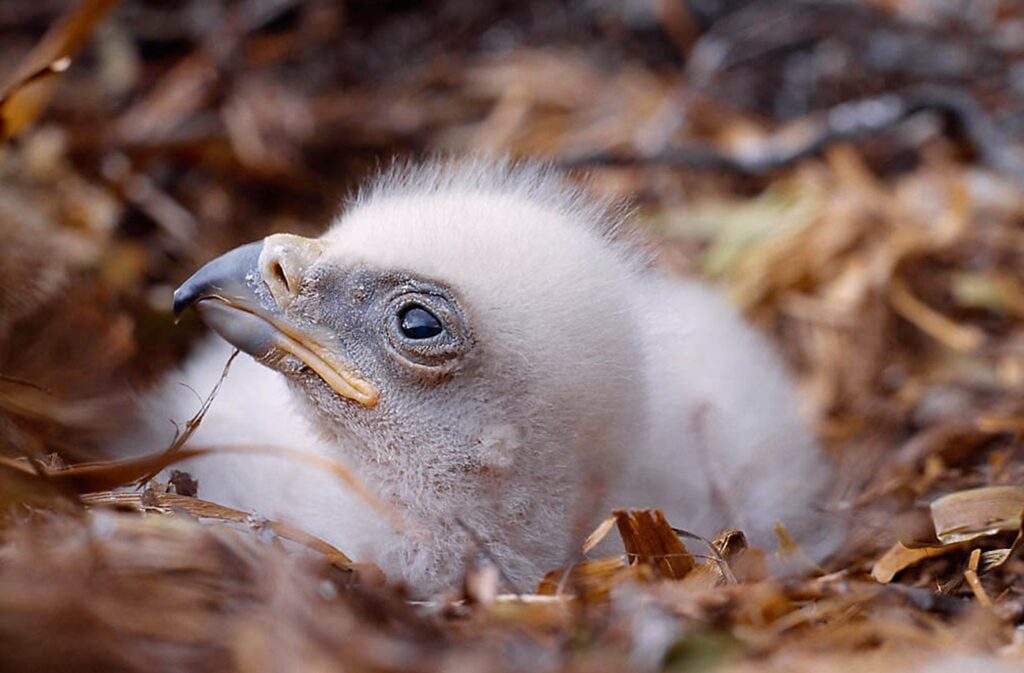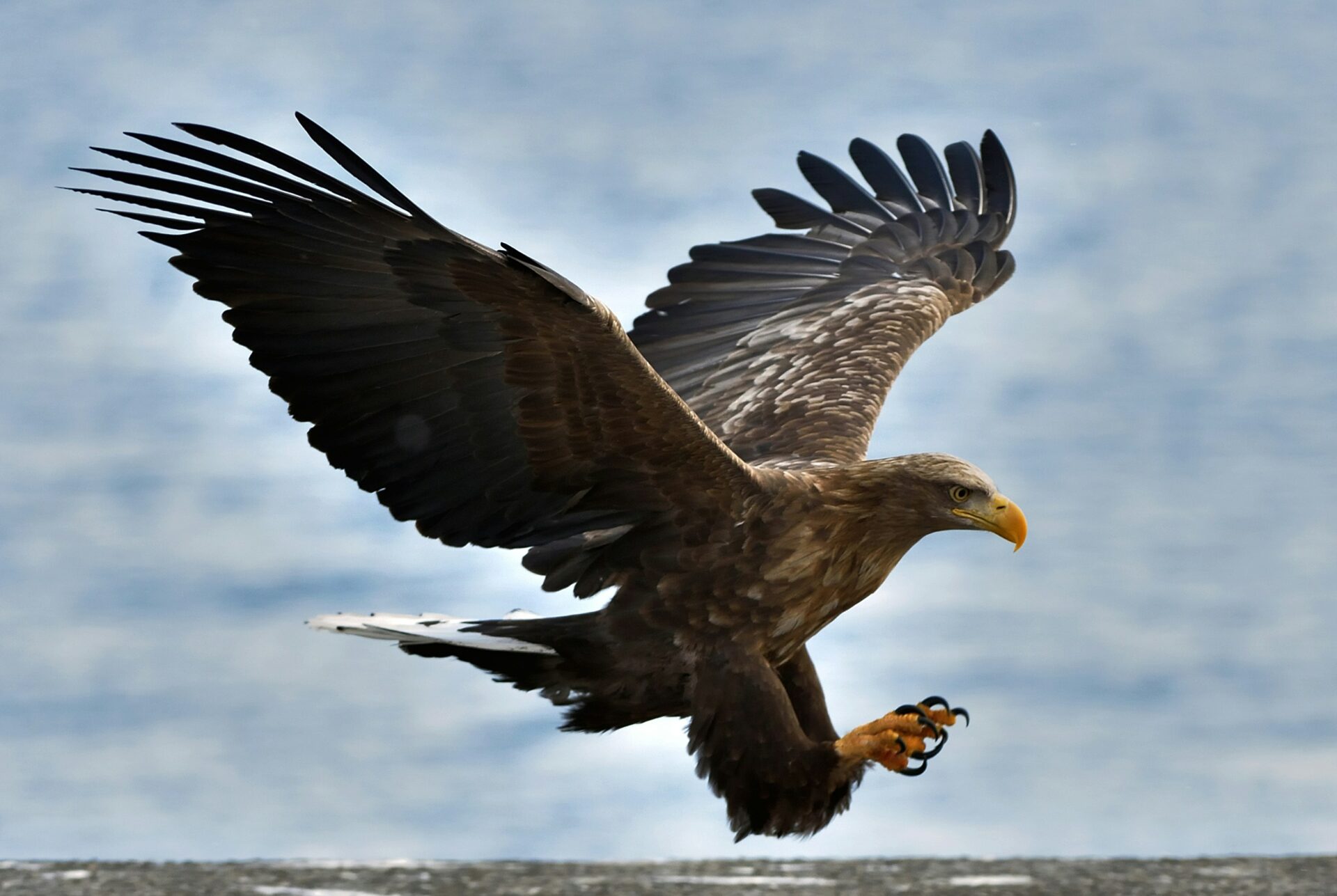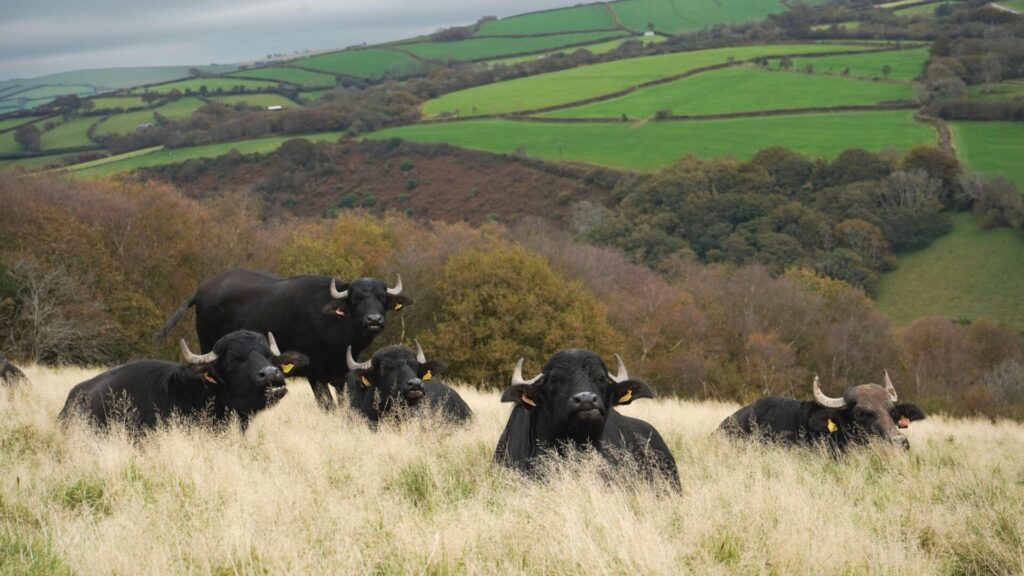After more than 150 years, colonies of golden eagles are set to return to England, after suitable sites to support the reintroduction of the bird of prey were identified.
Owing to persecution from gamekeepers and farmers, the species has effectively been extinct in England, although some birds have been spotted in the north after flying down from Scotland.
The last native golden eagle in England, which lived alone on a nature reserve in the Lake District, has not been seen in 2015. However, in Scotland, golden eagles – whose wings span over two metres – continue to thrive, with up to 600 breeding pairs across the Western Isles, the Hebrides, and the northern Highlands.
However, only a handful existed in the south of the country, before an official reintroduction programme begun in 2018 led to a population growth from little more than three or four pairs to over 50 – more than had been recorded in the region for more than 300 years.

Following the legal release of beavers in England, Environment Secretary Steve Reed is now overseeing plans that could see golden eagles reintroduced.
Forestry England has carried out a feasibility study into whether, and how, the species could be reintroduced, and its believed the South of Scotland Golden Eagle Project is a model that could be successfully followed.
Steps for possible golden eagle recovery
Bringing back extinct species is a complex process that must follow International Union for Conservation of Nature (IUCN) guidelines and be licensed by Natural England, the government’s conservation authority.
In the Scottish scheme, single chicks were taken from established populations when they were about six to eight weeks old, and then fed with minimal human contact before being released at specially chosen sites. Food was initially provided until they could hunt for themselves.

The same method has been used successfully to reintroduce red kites and sea eagles, with high survival rates, and conservationists believe northern England offers similarly strong conditions for golden eagles to thrive.
Duncan Orr-Ewing, the head of species and land management at the Royal Society for the Protection of Birds (RSPB), said: ‘The main prey of golden eagles are things like grouse, rabbits, hares. But they can also take other things like deer calves, we’ve seen badgers, fox cubs, all of these sort of things. And you’ve got grouse moor estates. So I don’t think prey availability is going to be a problem.’
The Department for Environment, Food and Rural Affairs (DEFRA) said a reintroduction programme for England would also look at public engagement and would consider the impact on other species and the wider environment.
In May, a wildlife enthusiast reported seeing a golden eagle soaring over Northumberland National Park, and it was later confirmed as Talla, one of the Scottish Borders’ growing population. For Mike Pratt, CEO of the Northumberland Wildlife Trust, the sighting felt symbolic: ‘It was almost like the golden eagles giving their blessing and saying that the landscape can take them.’
Rewilding Britain: What’s Next?
Golden eagles may be the latest headline-grabbing comeback, but they’re far from alone.
Beavers are already transforming English rivers, bison are roaming Kent, and there’s serious talk of bringing back the lynx. Elk are on the radar too — while projects as audacious as resurrecting the woolly mammoth and even the moa are pushing the boundaries of science.









